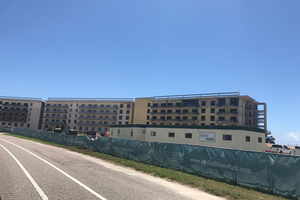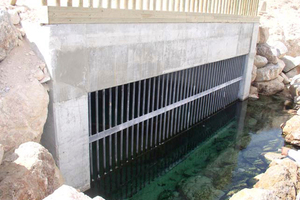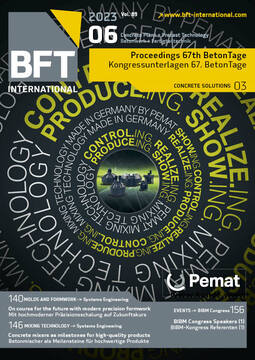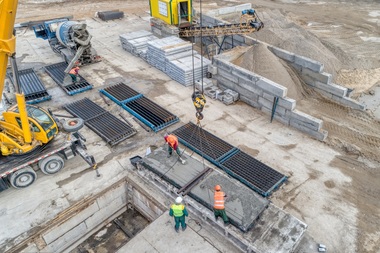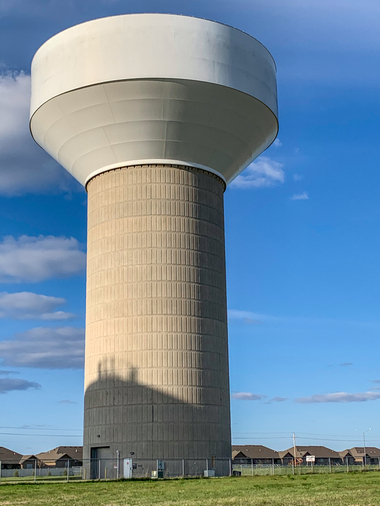How to make concrete structures more sustainable with MCI-2005
Sustainability: This concept of environmental responsibility and renewability is at the forefront of many minds today. When it comes to construction, multiple pieces play into this puzzle, especially the materials used and the overall durability of the structure. In the case of reinforced concrete, Cortec has been offering a special answer to concrete producers for more than two decads – the opportunity to add a biobased corrosion inhibiting admixture, MCI-2005, to their concrete mix.
Meeting the challenge of concrete durability
How do MCI-2005, concrete durability, and sustainability fit together? The longer a concrete structure lasts, the better, because it reduces the need to make replacement concrete, which is an energy intensive resource. Since cement, a main component of concrete, is blamed for as much as 8% of global CO2 emissions, this reduction could have significant implications for sustainability. This may be one reason it is becoming more and more common to hear about structures being built with a service design life of 100 years or more.
One of the biggest threats to concrete longevity is corrosion. Under static conditions, reinforced concrete is at very low risk for corrosion. However, when adding cracking, chloride exposure from seawater or deicing salts, and long-term carbonation to the equation, the vicious cycle begins. Corrosion causes reinforcing metal to expand, pushing on the concrete cover and causing it to spall off, subjecting the reinforcement to additional corrosives and deterioration. For this reason, corrosion inhibiting admixtures are often used in the construction of concrete buildings in harsh environments like seacoasts or regions that use heavy deicing salts. MCI-2005 is one such admixture that meets the corrosion inhibitor requirements under ASTM C1582 and promotes greater concrete longevity.
Meeting the quest for renewable materials
Along with the search for greater durability is society’s quest to use products made from renewable resources instead of relying so heavily on petroleum-based substances. In this respect, MCI-2005 truly stands out from the crowd as the only corrosion inhibiting concrete admixture that is also a USDA Certified Biobased Product, according to the supplier. MCI-2005 contains 67% USDA certified biobased content and is therefore a great way to earn credits toward LEED certification through the use of renewable materials. It is also a good choice for US federal agencies and their contractors seeking to meet minimum biobased content purchasing requirements, or for projects seeking to meet Estidama Pearl and BREEAM green building rating requirements in other parts of the world.
Side benefits of MCI-2005
In addition to extending concrete service life predictions and using renewable materials, MCI-2005 has a variety of other practical advantages. It is certified to meet ANSI/NSF Standard 61 for use in large drinking water system components. Workability is excellent; unlike calcium nitrite (CNI), which accelerates set time and makes it difficult to finish the job well, MCI-2005 actually delays set time, giving workers a wider timeframe for finishing. Dosage is relatively low at 1 pt/yd³ (0.6 L/m³), independent of expected chloride levels in the concrete, whereas CNI must be dosed higher for larger expected levels of chloride.
Offering service life and sustainability around the globe
For the last two decades and more, MCI-2005 has been used in structures around the world exposed to everything from the high water-table/saline-soil conditions of the Middle East to the intense brine of desalination processes. As the only USDA Certified Biobased Product of its kind (that comes with minimal impact to concrete physical properties and no increase in concrete shrinkage), MCI-2005 is an outstanding choice for contractors and engineers seeking extended service life and sustainability.
CONTACT
Cortec Europe
Ivana Lucica 5
10000 Zagreb/Croatia
+395 98 277 312

